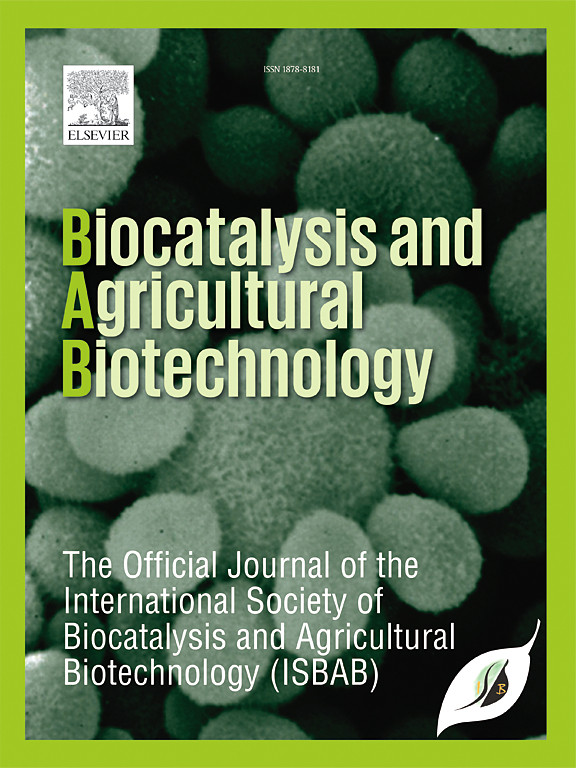Unlocking plant chemical diversity: Exploring epigenetic influences on secondary metabolite production
IF 3.4
Q2 BIOTECHNOLOGY & APPLIED MICROBIOLOGY
引用次数: 0
Abstract
The term epigenetics originates from the complicated interactions between the genome and surroundings that are included in advancement and differentiation in the life forms. In today's era genetic changes do not restrict to the modifications within the DNA sequence instead how it can be read or sensed by the body itself. As a substitute, epigenetic adjustments or markers, such as DNA methylation and histone modification, modify DNA accessibility and chromatin shape, subsequently controlling styles of quality expression. These methods are important for the day-to-day betterment and differentiation of genetic cells within the grown-up living beings. They may be changed by means of outside impacts and, as such, can contribute to or be an effect of natural alterations inside the phenotype or disease phenotype. Critically, epigenetic programming has an essential role in the direction of reprogramming the pluripotent genes in response to surroundings, which end up inactivated during differentiation. Currently, we review about epigenetic modification in plant secondary metabolites biosynthesis, mechanisms involved, examples of epigenetic modifications in classes of plant secondary metabolites such as terpenoids, phenolic compounds, alkaloids and sulphur containing compounds, epigenetic modification editing and engineering tools and its future perspectives.

解锁植物化学多样性:探索次生代谢物产生的表观遗传影响
表观遗传学这个术语起源于基因组和环境之间复杂的相互作用,这些相互作用包括在生命形式的进化和分化中。在当今时代,基因变化并不局限于DNA序列内的修改,而是如何被身体本身读取或感知。作为替代,表观遗传调整或标记,如DNA甲基化和组蛋白修饰,修饰DNA可及性和染色质形状,从而控制质量表达的风格。这些方法对于成年生物体内遗传细胞的日常改良和分化非常重要。它们可以通过外部影响而改变,因此,它们可以促成表型或疾病表型内部的自然改变或成为其影响。重要的是,表观遗传编程在多能基因的重编程方向上起着至关重要的作用,以应对环境,最终在分化过程中失活。本文综述了表观遗传修饰在植物次生代谢物生物合成中的应用、机制、萜类、酚类、生物碱类、含硫类等植物次生代谢物表观遗传修饰的研究进展、表观遗传修饰编辑和工程工具的研究进展,并展望了表观遗传修饰的发展前景。
本文章由计算机程序翻译,如有差异,请以英文原文为准。
求助全文
约1分钟内获得全文
求助全文
来源期刊

Biocatalysis and agricultural biotechnology
Agricultural and Biological Sciences-Agronomy and Crop Science
CiteScore
7.70
自引率
2.50%
发文量
308
审稿时长
48 days
期刊介绍:
Biocatalysis and Agricultural Biotechnology is the official journal of the International Society of Biocatalysis and Agricultural Biotechnology (ISBAB). The journal publishes high quality articles especially in the science and technology of biocatalysis, bioprocesses, agricultural biotechnology, biomedical biotechnology, and, if appropriate, from other related areas of biotechnology. The journal will publish peer-reviewed basic and applied research papers, authoritative reviews, and feature articles. The scope of the journal encompasses the research, industrial, and commercial aspects of biotechnology, including the areas of: biocatalysis; bioprocesses; food and agriculture; genetic engineering; molecular biology; healthcare and pharmaceuticals; biofuels; genomics; nanotechnology; environment and biodiversity; and bioremediation.
 求助内容:
求助内容: 应助结果提醒方式:
应助结果提醒方式:


